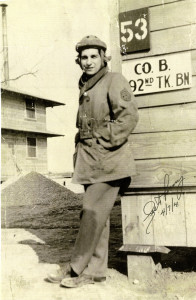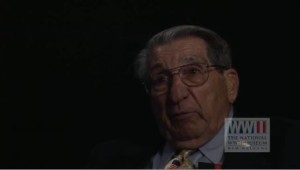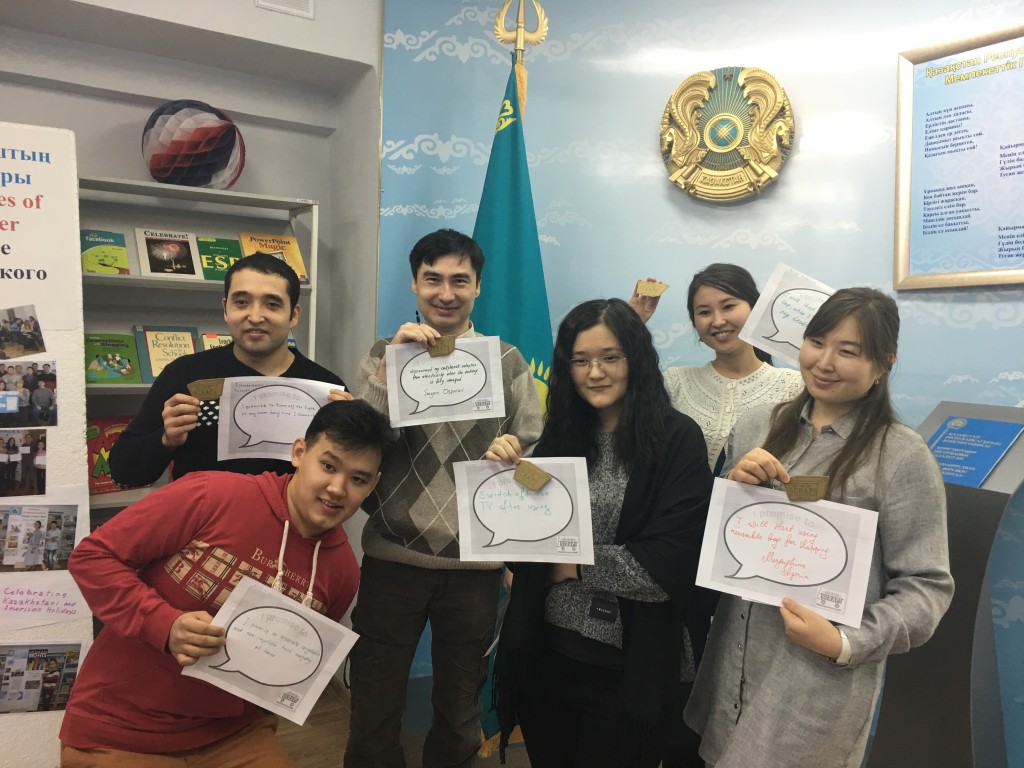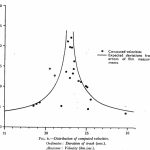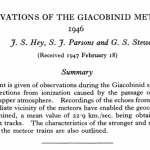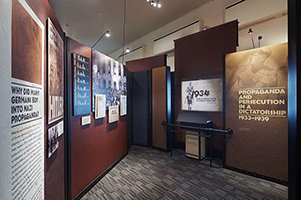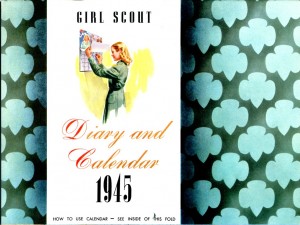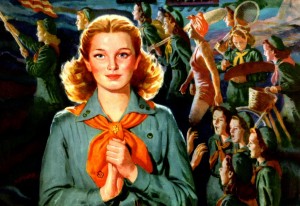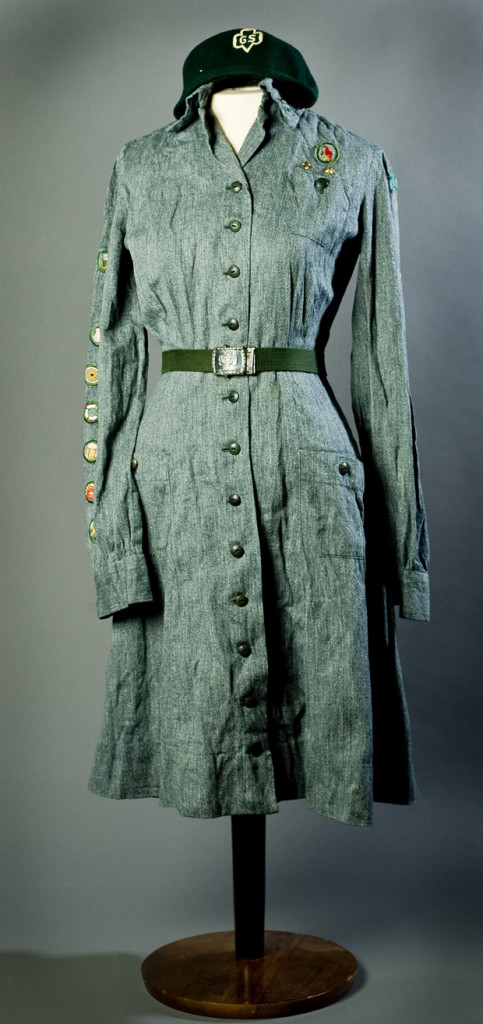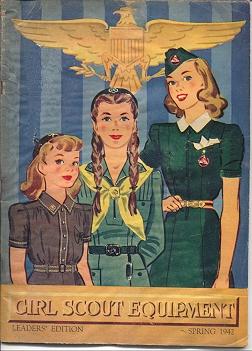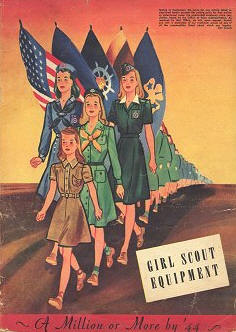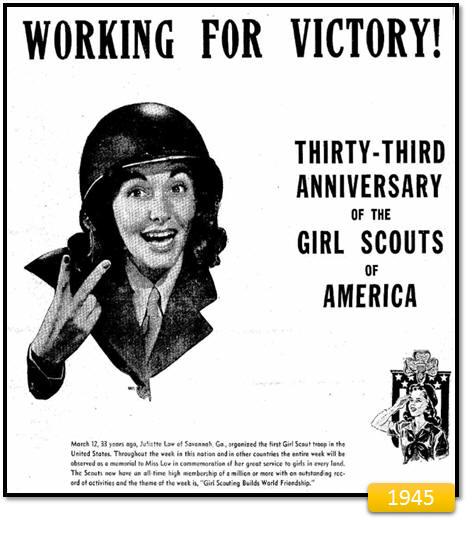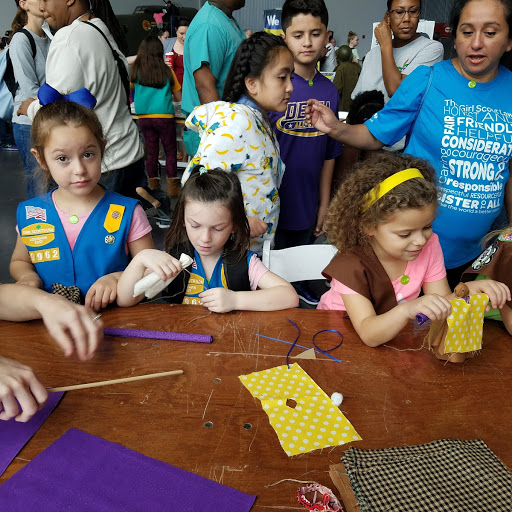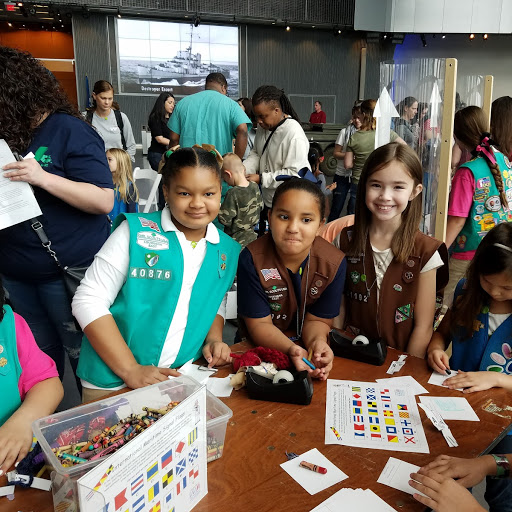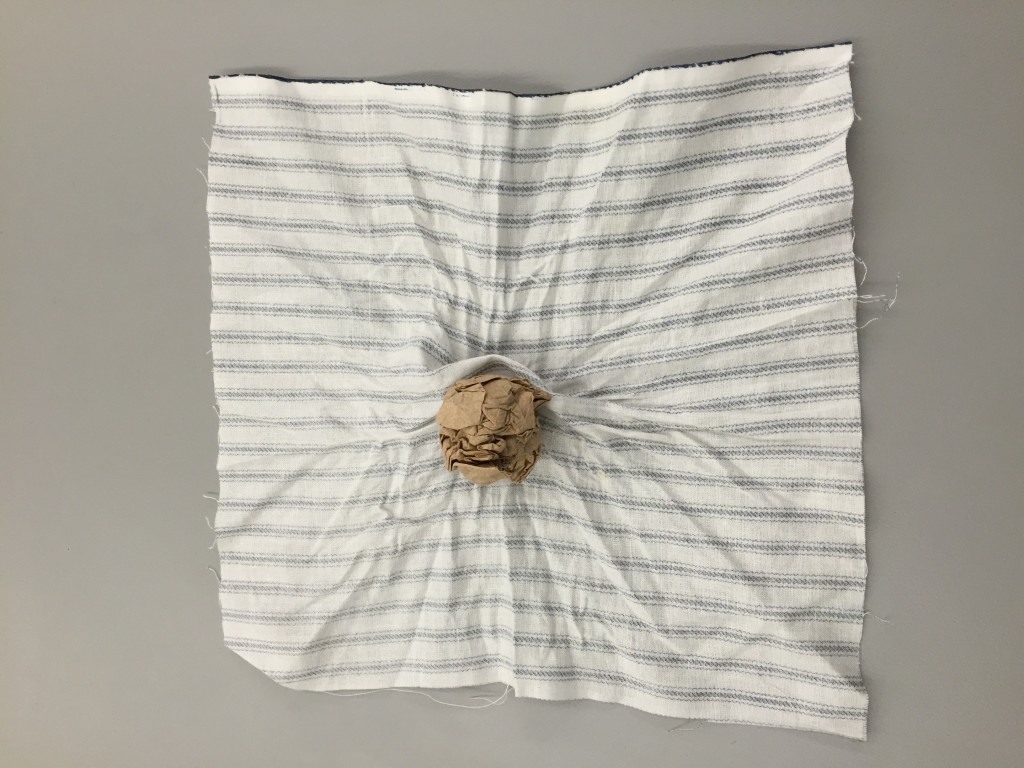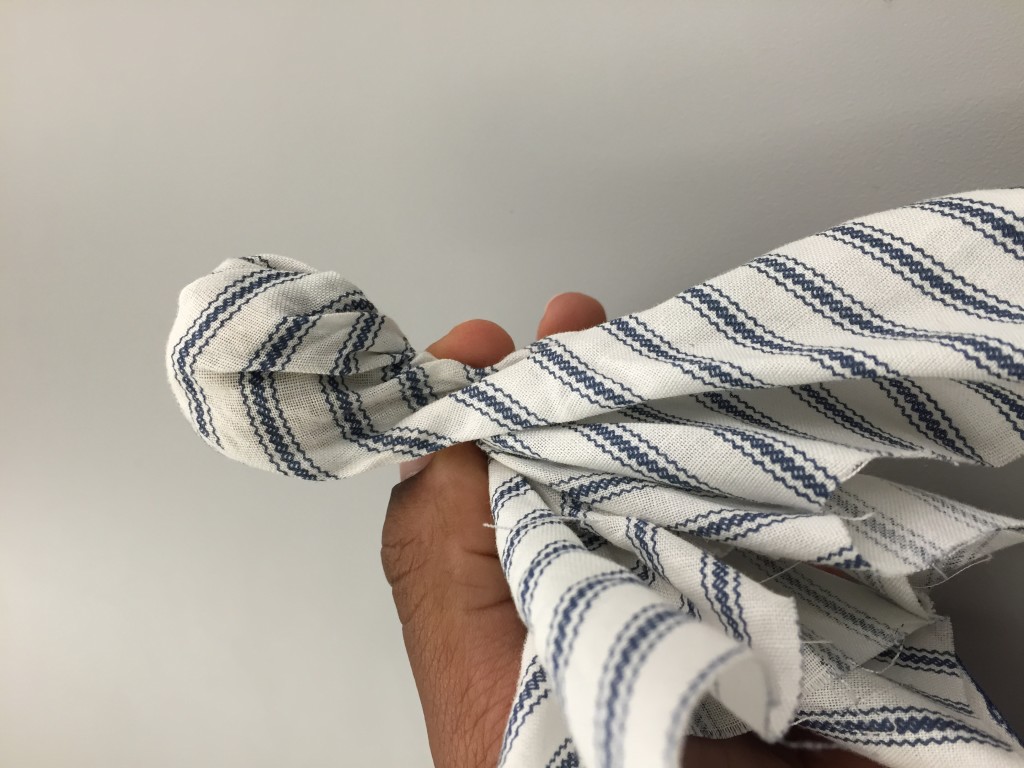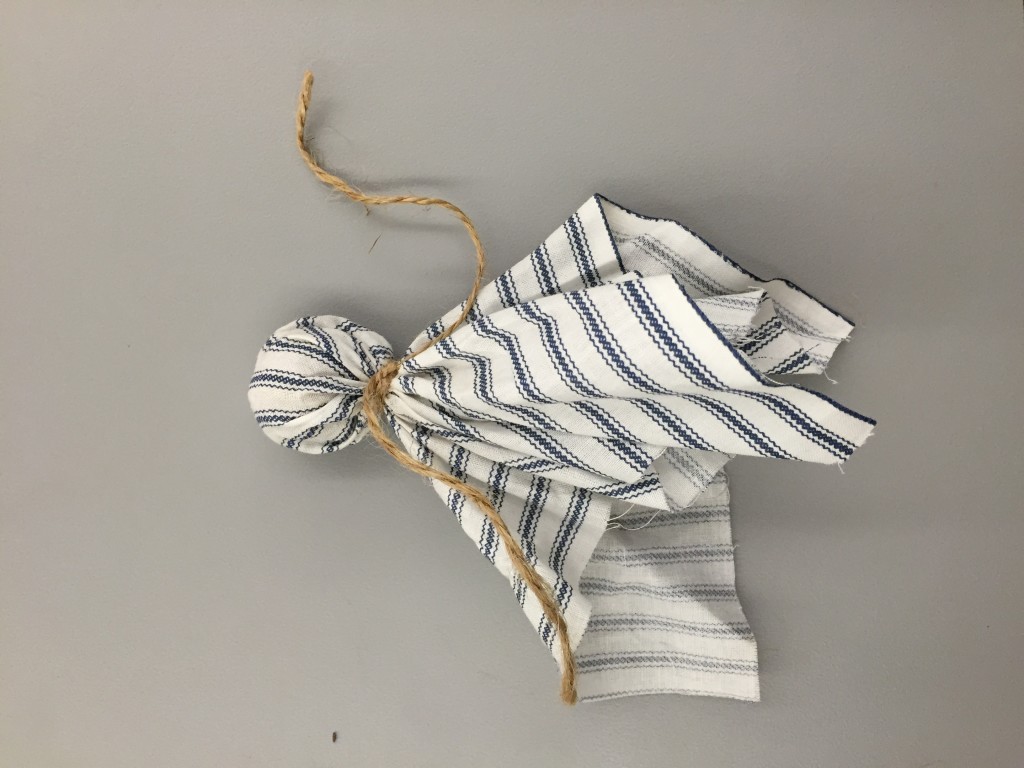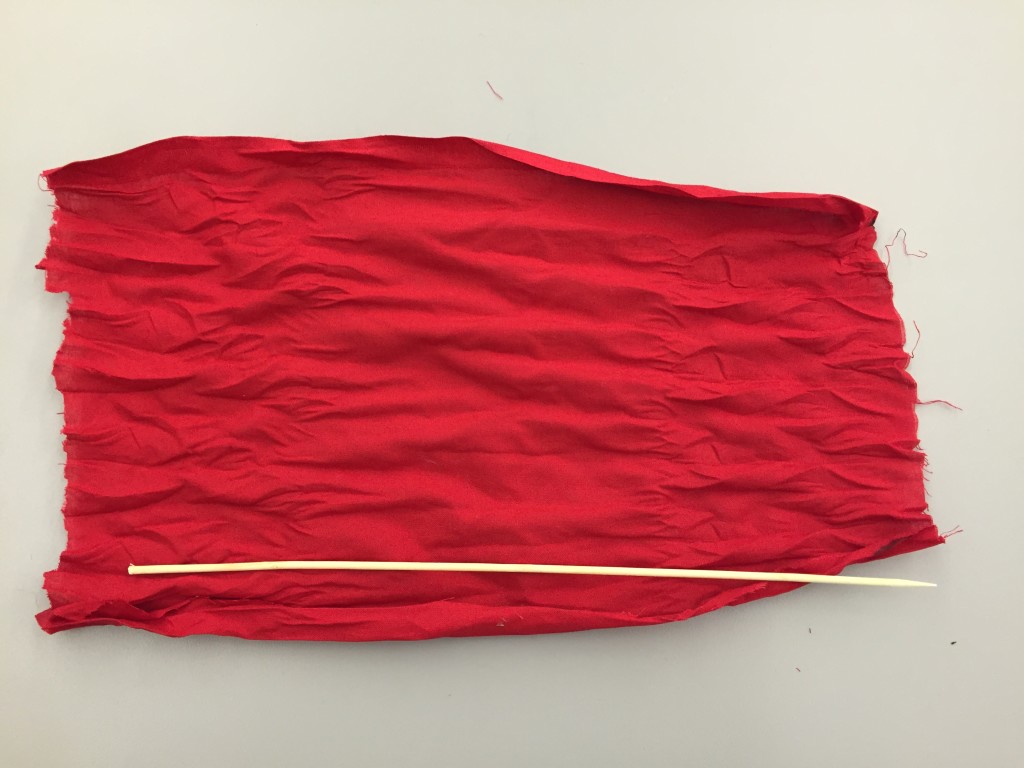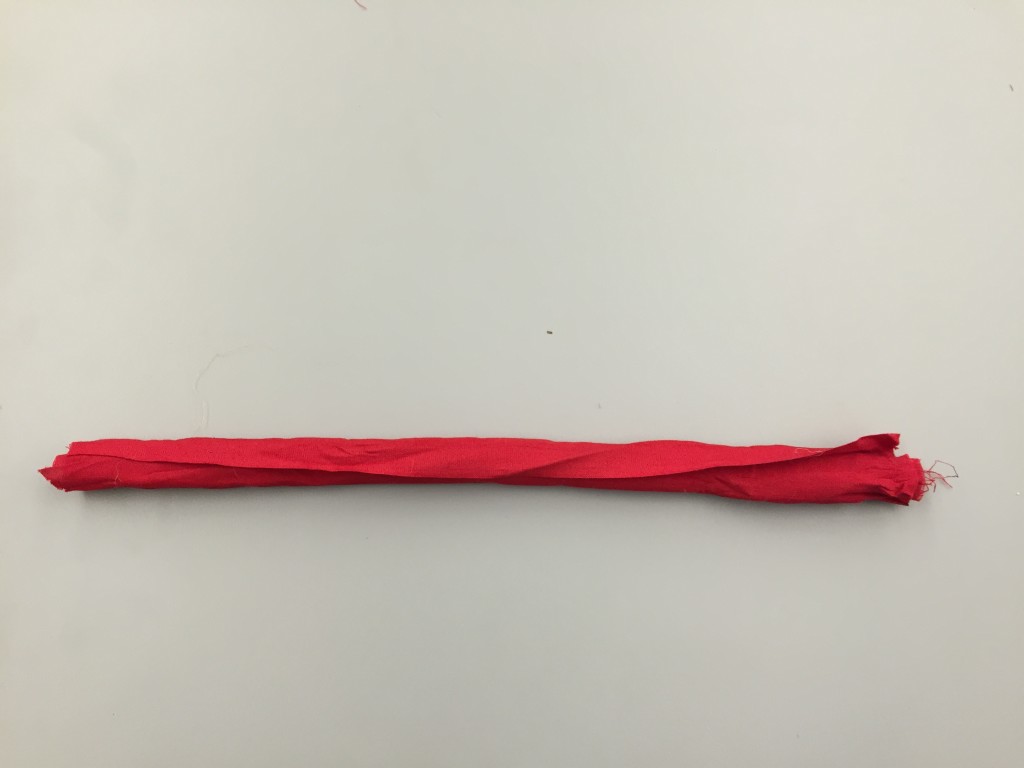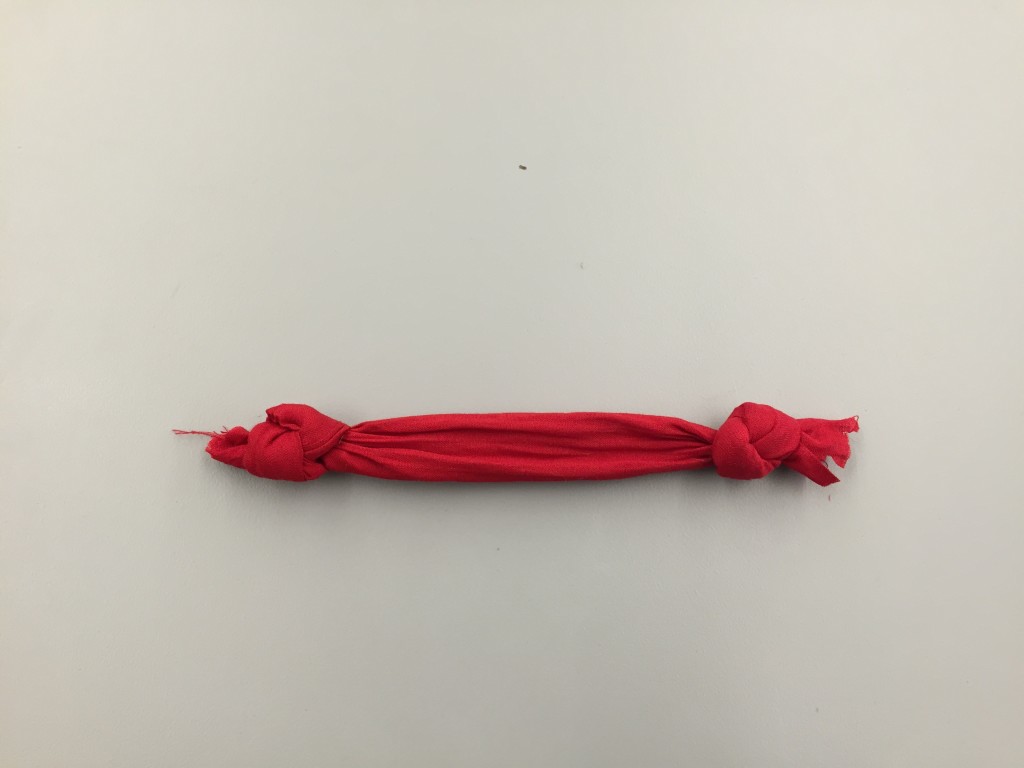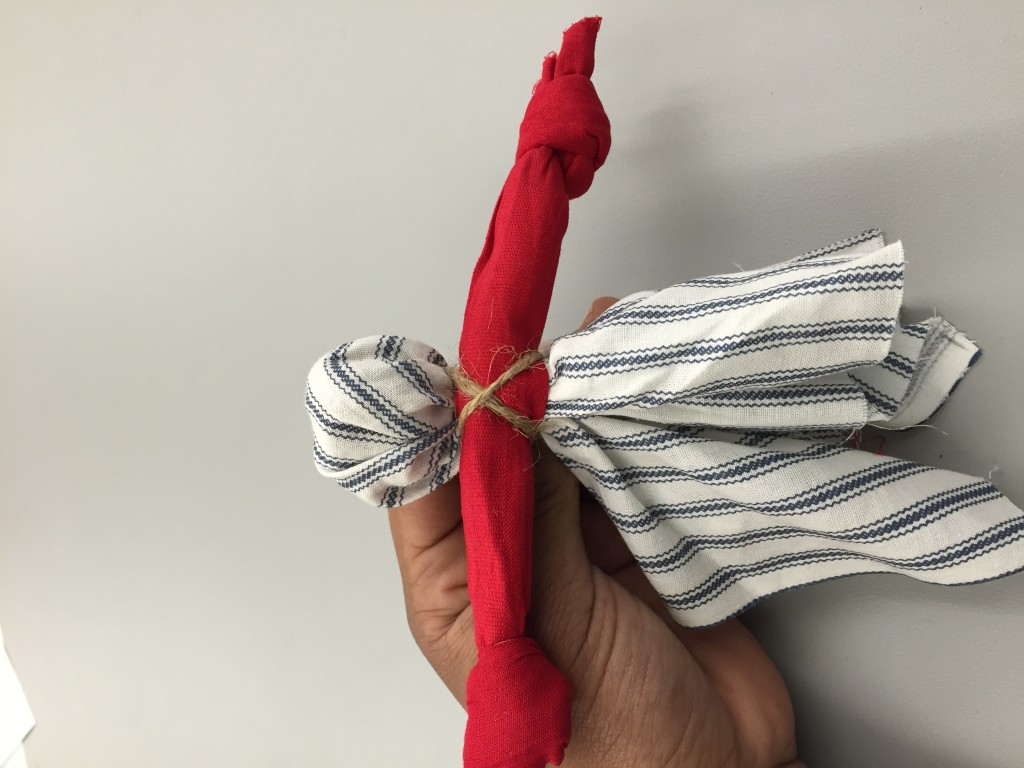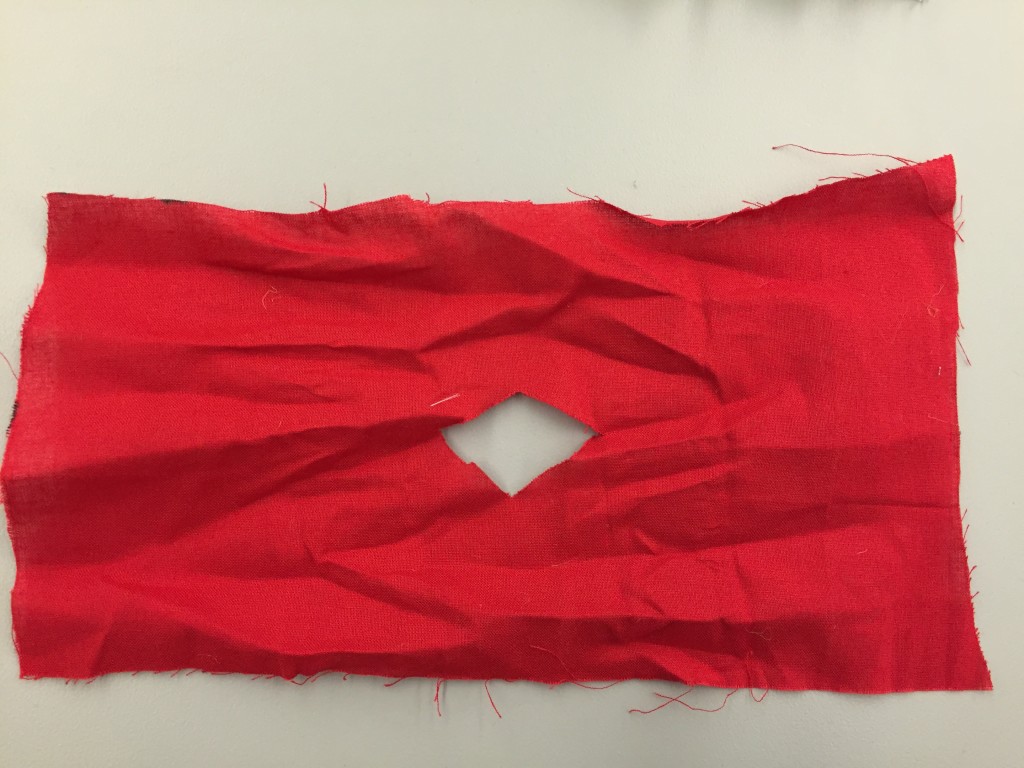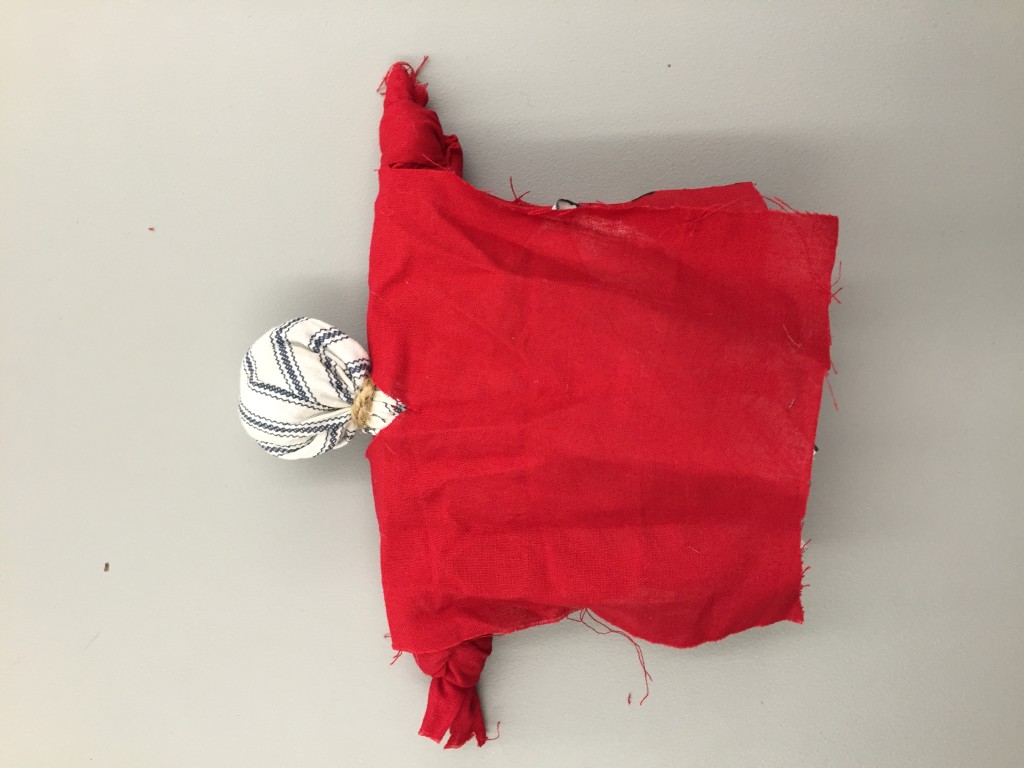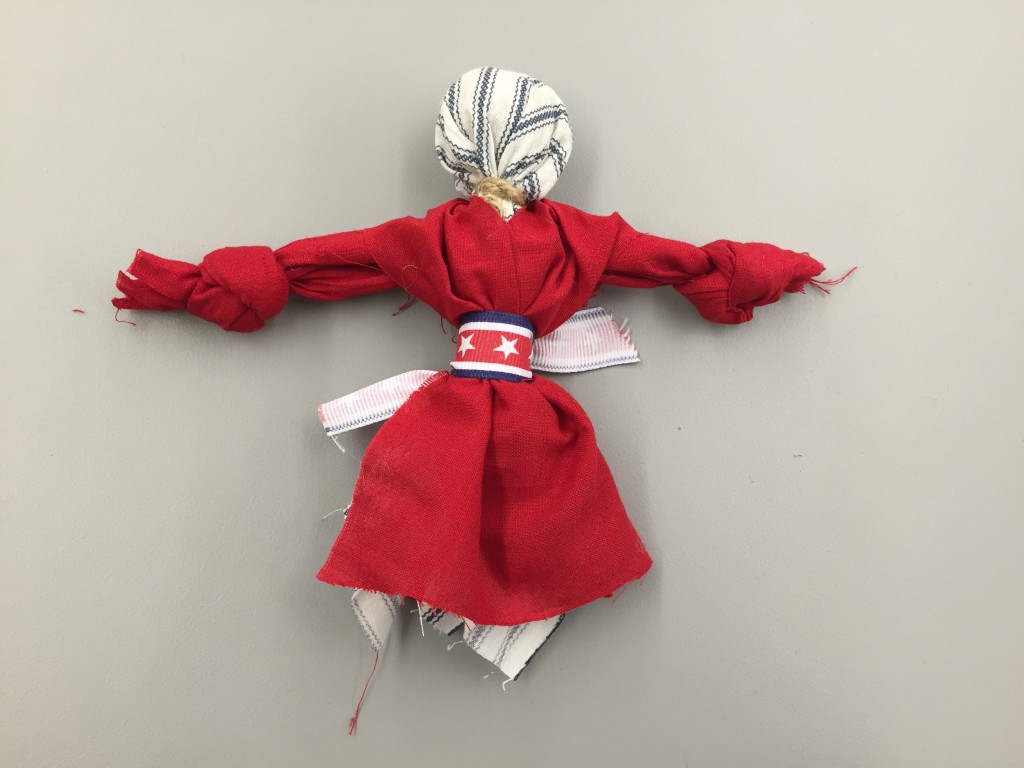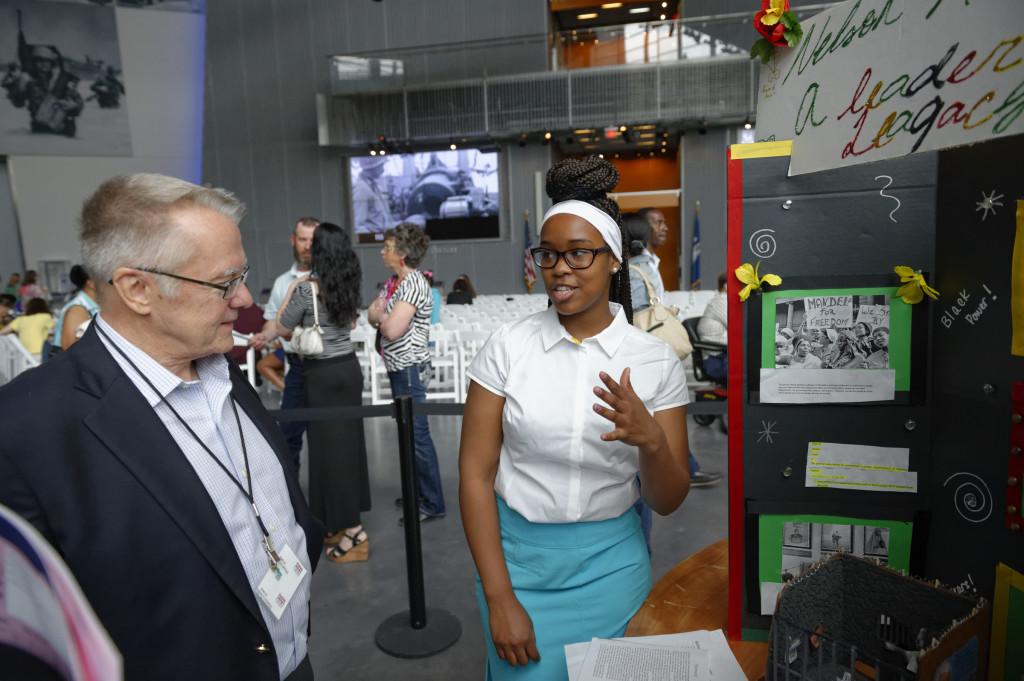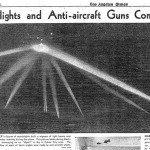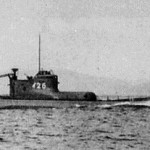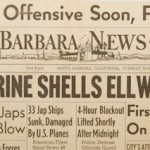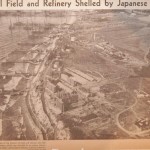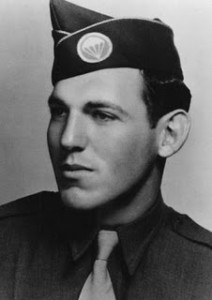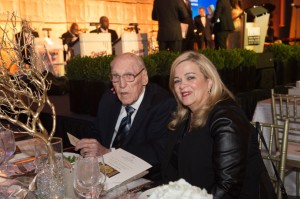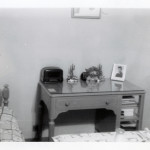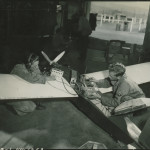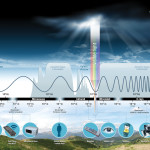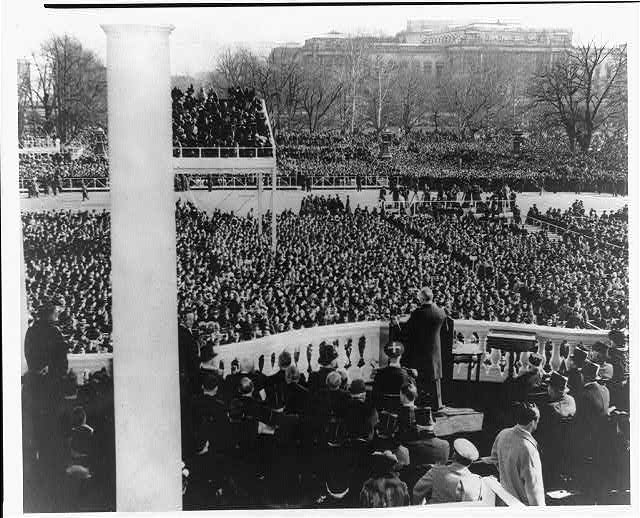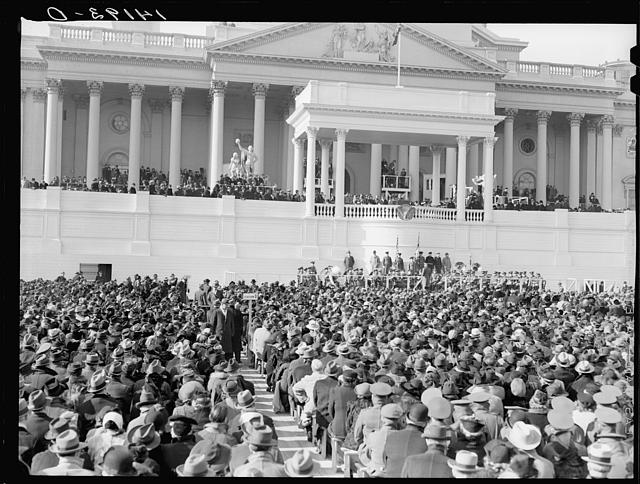Bataan Death March Survivor Lester Tenney Dies at Age 96
Lester Tenney, a survivor of the Bataan Death March whose harrowing oral-history account of his ordeal as a WWII prisoner of war is an unforgettable component of The National WWII Museum’s Digital Collections, died Friday, February 24, in Carlsbad, California. He was 96.
Tenney’s postwar life was dedicated to education—both as a university business professor and as a staunch advocate for his fellow POWs in the quest for official acknowledgment by Japan of the wartime atrocities they endured. He was a regular speaker at the Museum, most recently capping the 2016 International Conference on World War II with a stirring presentation titled “The Courage to Remember: PTSD—From Trauma to Triumph.”
“He gave the speech of his life,” said Gordon H. “Nick” Mueller, PhD, the Museum’s president and CEO, in a message to his staff following news of Tenney’s death. “Lester’s DNA resides in this Museum.”
Tenney was tank commander with the 192nd Tank Battalion when he, along with 9,000 American and 60,000 Filipino troops, surrendered to the Japanese at the Battle of Bataan in April 1942. The ensuing Bataan Death March killed thousands during a 90-mile forced march to POW Camp O’Donnell.
“Number one, we had no food or water,” said Tenney in his Museum oral history. “Number two, you just kept walking the best way you could. It wasn’t a march. It was a trudge. . . . Most of the men were sick, they had dysentery, they had malaria, they had a gunshot wound.”
Their Japanese captors showed no mercy for the ill or wounded, Tenney said. “A man would fall down and they would holler at him to get up,” he added. “I saw a case where they didn’t even holler at him. The man fell down, the Japanese took a bayonet and put it in him. I mean, two seconds.”
Tenney’s march lasted 10 days. Conditions at Camp O’Donnell killed thousands more prisoners. Tenney survived that camp and others, passage to Japan in a “hell ship,” torture, and three years of forced labor in a coal mine before he was liberated at the end of the war. His WWII experiences, which he documented in a memoir titled My Hitch in Hell, haunted him all of his life.
“I feel guilty many times, even today,” Tenney said in his oral history. “I feel guilty that I’m back. I feel guilty that I’m living such a wonderful life. I feel guilty that a lot of my friends didn’t come back. Nothing I can do about it, but I can feel guilty because I feel that they were better than I was. I’m sure that my buddies who came back all feel the same.”
After the publication of his memoir in 1995, Tenney “shifted into a role as a prominent thorn-in-the-side of Japanese authorities unwilling or unable to acknowledge what had happened during the war,” said his obituary in The San Diego Union-Tribune. “Stories he shared with reporters, civic leaders, schoolchildren in the United States and Japan,” along with his published memoir, “eventually wrung apologies from government leaders and from one of the corporate giants that benefited from POW slavery.”
Tenney is survived by his wife of nearly 57 years, Betty, a son, two stepsons, seven grandchildren, and two great-grandchildren.
Our deepest condolences go out to his family, friends, and fellow WWII veterans. Our gratitude for Lester Tenney’s service and sacrifice—and for his decades of dedication to ensuring that his wartime experiences and those of his fellow POWs would not be forgotten—lives on.
- Posted :
- Post Category :


